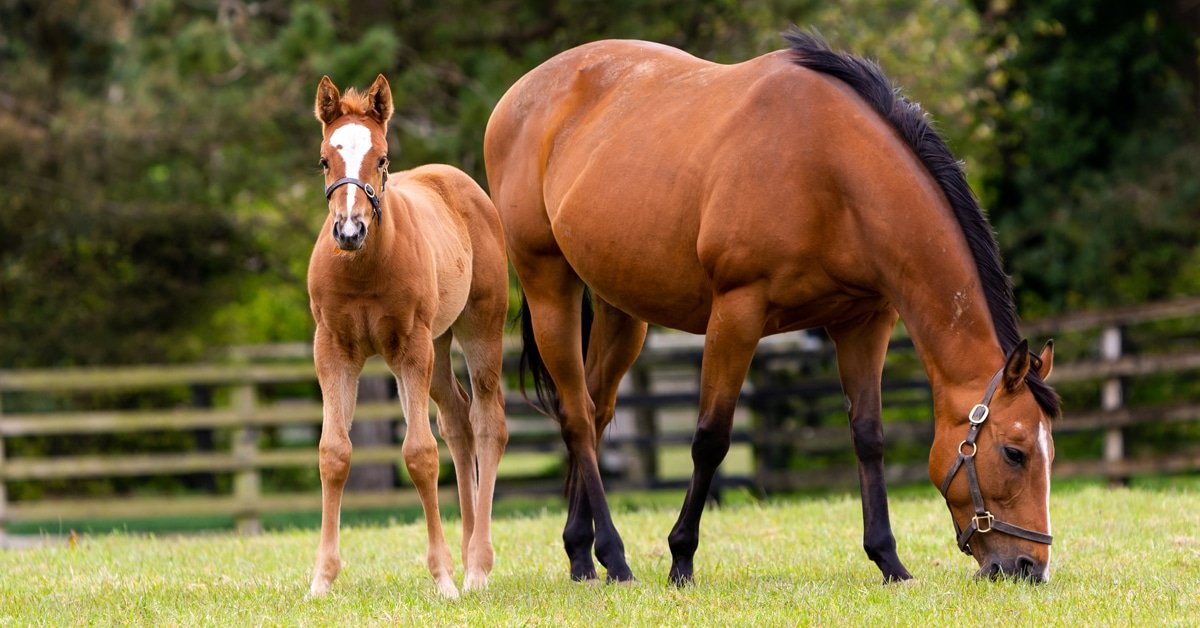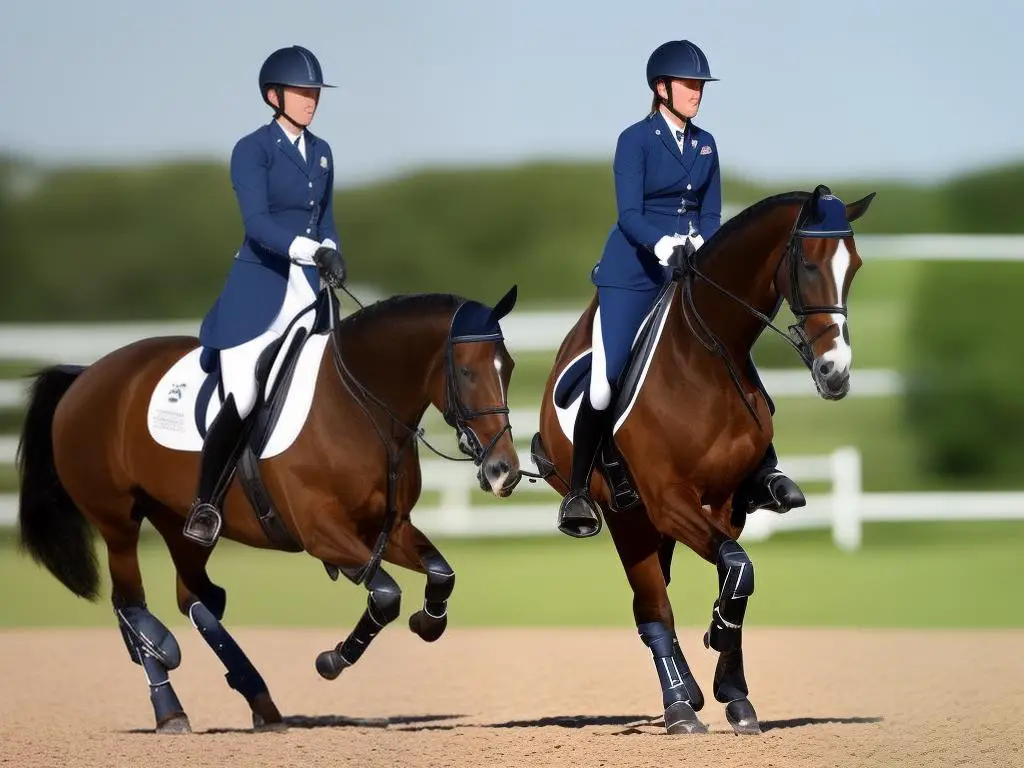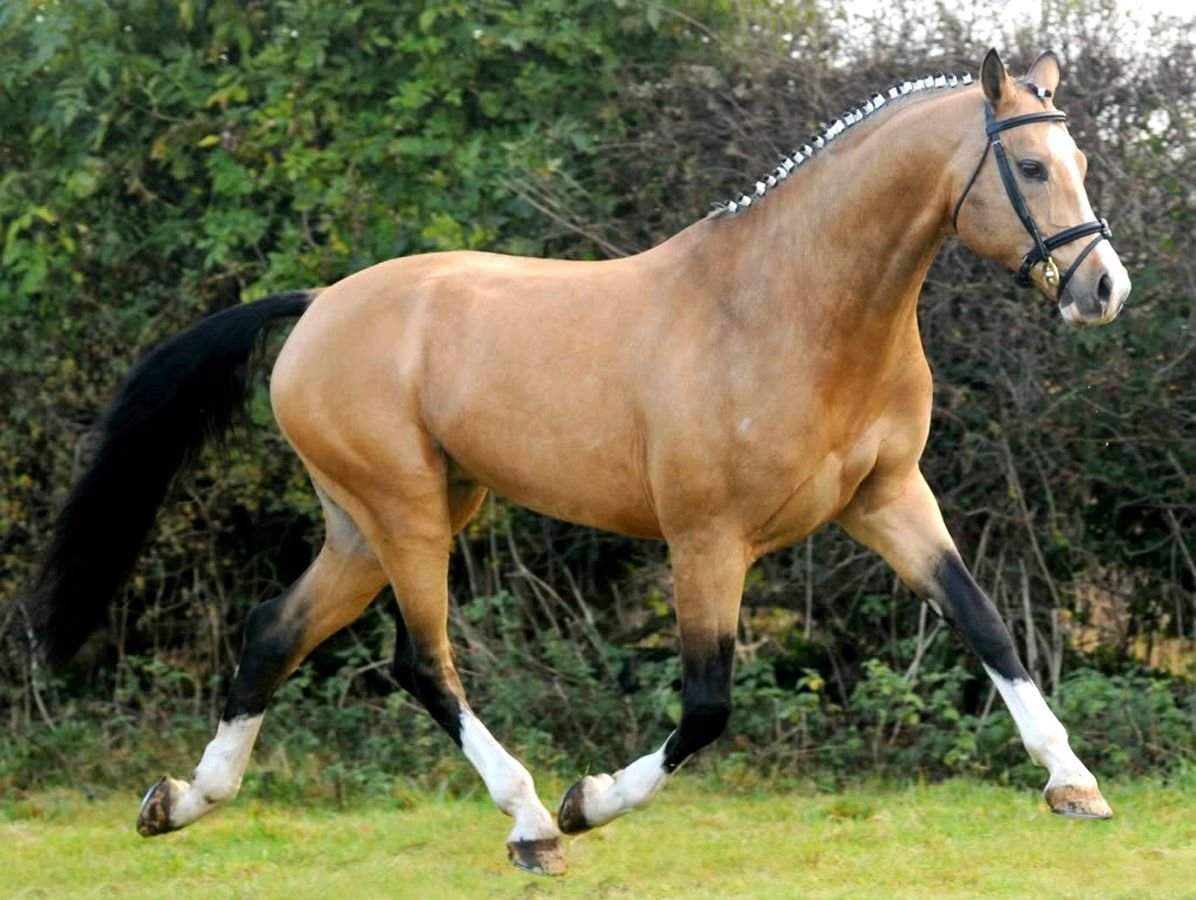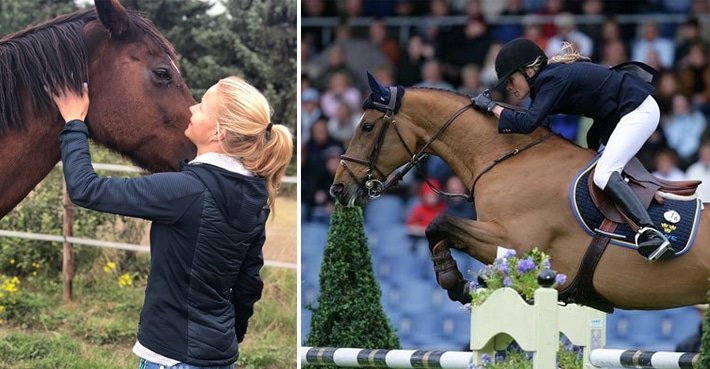Warmblood horses have long been valued for their exceptional qualities—athleticism, temperament, and versatility—which make them ideal candidates for disciplines like dressage, show jumping, and eventing. As the demand for these versatile equine athletes continues to grow, so does the importance of advancing breeding practices. The future of warmblood breeding is shaped by a combination of scientific innovations, improved breeding strategies, and evolving trends aimed at producing the next generation of top-tier horses.
In this article, we will explore the key trends and innovations that are shaping the future of warmblood breeding. From genetic advancements to the rise of technology in breeding programs, the future looks bright for this remarkable breed.
1. Genetic Research and Precision Breeding
One of the most significant developments in warmblood breeding is the application of genetic research. By using advanced genetic testing, breeders can now select horses with desirable traits based on their genetic makeup rather than relying solely on physical characteristics. This precision breeding allows for the targeted improvement of qualities such as athleticism, conformation, and temperament.
Key Benefits of Genetic Research in Breeding:
- Improved Performance: By understanding which genes contribute to specific traits like jumping ability or dressage skills, breeders can select horses with a higher potential for success in competition.
- Disease Resistance: Genetic testing can help identify horses that are predisposed to certain genetic disorders. This knowledge allows breeders to reduce the risk of passing on genetic diseases and ensure the health of future generations.
- Balanced Traits: Breeders can now focus on creating horses that not only excel in performance but also possess the ideal temperament and soundness. By understanding genetic links to behavior and physical traits, breeders can select for horses that have the right balance of qualities for competitive success.
2. Sustainable Breeding Practices
As environmental sustainability becomes a greater concern in all sectors, equine breeding is also evolving to address these issues. The breeding community is adopting more sustainable practices that focus on reducing the environmental impact of breeding operations and ensuring that future generations of warmbloods are produced responsibly.
Sustainable Practices in Warmblood Breeding:
- Improved Nutrition: Advances in equine nutrition have made it possible to produce healthier, stronger foals with less reliance on resource-intensive feeds. Breeders are increasingly turning to more natural and sustainable feed options to reduce their environmental footprint.
- Conservation of Genetic Diversity: To ensure the long-term health and vitality of the warmblood breed, breeders are focusing on preserving genetic diversity. This can prevent inbreeding, which could lead to health issues, and maintain the genetic pool that gives the breed its distinctive qualities.
- Energy-Efficient Facilities: Many breeding farms are incorporating eco-friendly practices such as solar power, water conservation methods, and waste management strategies to reduce their environmental impact while maintaining the highest standards of care for the horses.
3. Artificial Insemination and Embryo Transfer
Artificial insemination (AI) and embryo transfer (ET) have revolutionized the breeding world, allowing breeders to expand their gene pool and improve bloodlines without the need for transporting horses over long distances. These technologies are becoming increasingly popular in warmblood breeding, offering several advantages over traditional breeding methods.
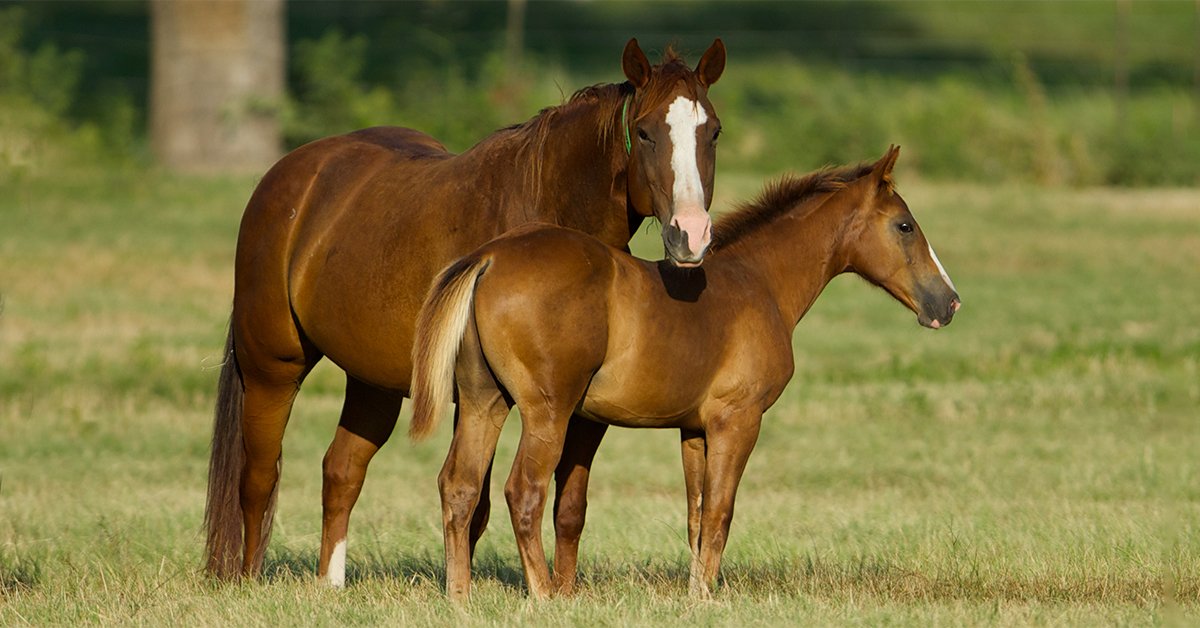
Benefits of AI and ET in Warmblood Breeding:
- Increased Access to Top Bloodlines: AI allows breeders to use semen from top-performing stallions, even if the stallion is located far away. This has made it easier for breeders to access elite genetics, helping to elevate the overall quality of the warmblood population.
- Improved Reproductive Success: Embryo transfer enables breeders to produce multiple offspring from a single mare within a breeding season, maximizing the reproductive potential of high-quality mares.
- Reduced Risk of Injury: Since artificial insemination and embryo transfer do not require direct physical interaction between stallion and mare, the risk of injury to either horse is significantly reduced.
4. Technology and Data-Driven Breeding Decisions
Incorporating technology into breeding practices is becoming a game-changer in the equine industry. From data collection tools to sophisticated breeding software, technology is helping breeders make more informed decisions about their breeding programs.
Tech Innovations in Warmblood Breeding:
- Breeding Software: Programs that track pedigrees, performance records, and genetic traits are helping breeders make data-driven decisions about which horses to pair. These tools can identify potential breeding pairs that have a high likelihood of producing successful offspring, based on past performance data and genetic compatibility.
- Movement Analysis: Technologies such as motion capture systems and biomechanical analysis tools are being used to assess the movement and athleticism of horses more accurately. By evaluating a horse’s gait and jumping style, breeders can make more informed choices when selecting stallions and mares for breeding.
- Wearable Technology: Some breeding farms are using wearable devices to monitor a mare’s reproductive cycle, health, and behavior. These devices help identify the optimal time for insemination, improving the chances of successful pregnancies and reducing the number of breeding attempts.
5. Focus on Temperament and Rideability
While athletic ability is a priority for competitive breeding, there is a growing emphasis on selecting for temperament and rideability in warmblood breeding programs. This is particularly important for horses intended for amateur riders or those being trained for disciplines that require close rider-horse communication, such as dressage.
Importance of Temperament in Breeding:
- Training Compatibility: Horses with a calm, trainable temperament are easier to train and bond with, making them more suitable for competitive environments. Breeders are increasingly selecting for horses with good minds—responsive, focused, and willing to work.
- Long-Term Soundness: Horses with better temperaments are less likely to experience behavioral problems that could result in injury or stress-related issues. Breeding for good temperament also contributes to the overall soundness and longevity of the horse.
- Versatility: Temperament and rideability are key traits for creating warmbloods that can excel in multiple disciplines, including jumping, dressage, and eventing. The focus on these qualities ensures that warmbloods remain adaptable and suitable for riders at various levels.
6. Globalization of Warmblood Breeding
As the equestrian world becomes more interconnected, the globalization of warmblood breeding is increasing. Breeders now have access to a wider pool of genetics from around the world, and horses are being transported internationally for both breeding and competition. This global exchange of genetics is leading to a more diverse, high-quality gene pool and the further refinement of the warmblood breed.
Implications of Globalization:
- Cross-Breeding Programs: International breeding programs allow for the development of hybrid horses that combine the best qualities of different breeds. This can result in warmbloods that have enhanced athleticism, better movement, or improved stamina.
- Competitive Edge: The ability to bring in genes from top-performing horses worldwide ensures that warmbloods continue to excel in competitive disciplines, further cementing their reputation as versatile, world-class equine athletes.
Conclusion
The future of warmblood breeding is bright, with innovations in genetics, technology, and breeding practices paving the way for a new generation of equine athletes. From precision breeding techniques to the use of advanced data analysis tools, breeders now have more opportunities than ever to produce horses that excel in performance, health, and temperament. As these trends continue to evolve, warmbloods will remain at the forefront of competitive equestrian sports, offering riders around the world exceptional partners in the ring. The combination of tradition and innovation ensures that the future of warmblood breeding will continue to thrive, producing horses that are as athletic and versatile as ever







